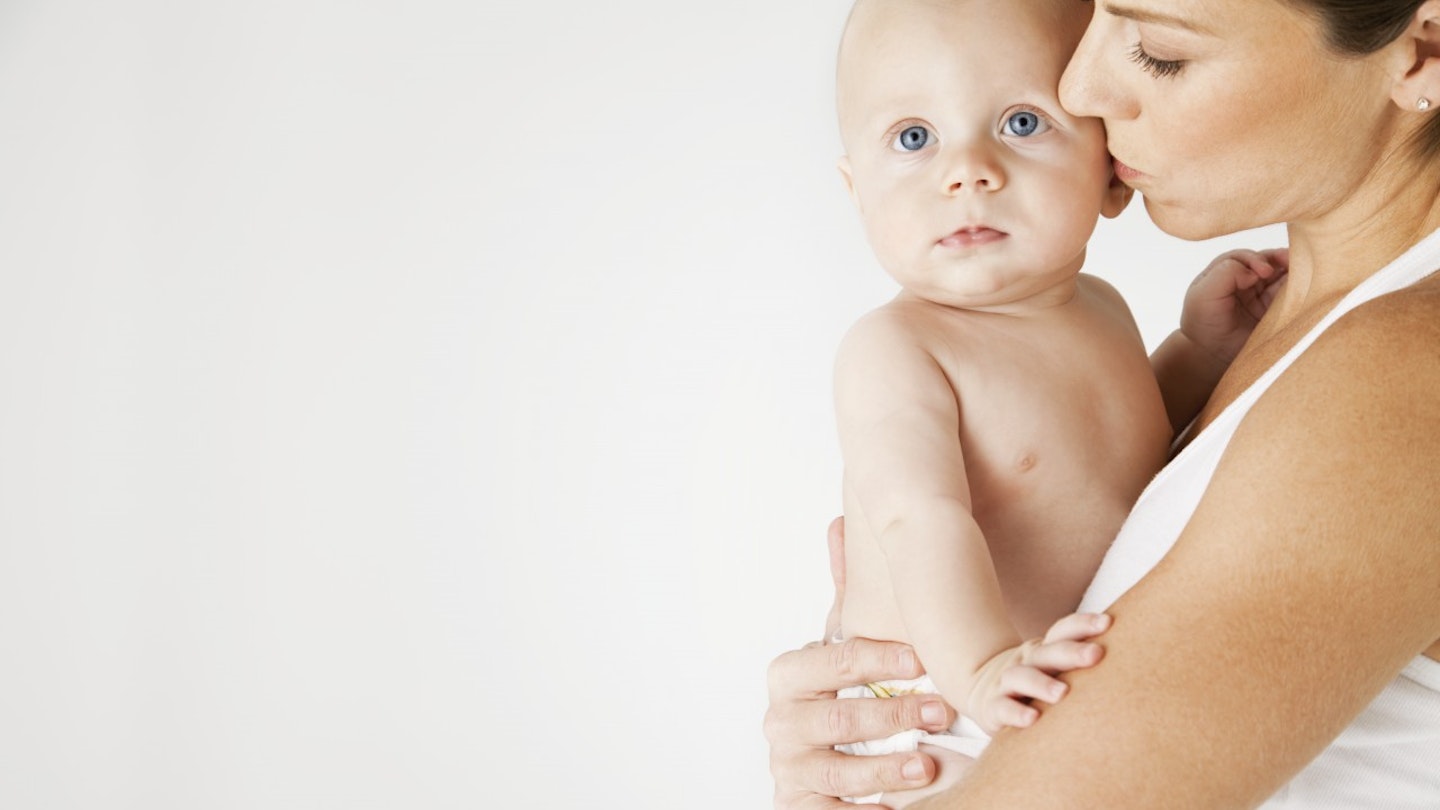Is your instinct to rush to your baby when you hear him cry? This routine could be ideal for you
Teaching your baby to self soothe doesn’t have to involve nights of him crying while you force yourself not to go and give him a cuddle. You can take a more gradual approach. Introducing the ‘no crying/no tears’ method, which encourages you to comfort him for as long as he needs it.
What is the no crying/no tears method?
This method is basically the exact opposite to controlled crying, a gradual approach that focuses on the idea that crying creates a negative sleep association for your baby. So, if you decide on this method, try not to leave him to cry alone for more than a few minutes.
Once you hear your baby crying, comfort him with whatever soothing method works best – perhaps try feeding, rocking or singing. Once his eyes start drooping, put him down to sleep, but be on standby to respond if he starts to cry again.
Introducing the ‘no crying/no tears’ method, which encourages you to comfort him for as long as he needs it
How does it work?
You’ll be crying less, your baby will be crying less – it can be a win-win situation for you both. Plus, it gives you lots of one-on-one bonding time.
The end goal is to get your baby sleeping through the night with no assistance from you. But, be warned, this can take months. While effective, this method can take it’s time as your baby will get used to having you there all the time.
How to manage it
Prepare yourself for a lot of getting up in the night. Try and work out his different sounds and cries. You should only respond to crying, not to moans, whimpers and other sleep noises so you don’t disturb him.
It’s also handy to get a bedtime routine in place to calm and settle him for the night ahead. Keep the time you put him down consistent – don’t think that putting him to bed later on will mean that he’ll be so exhausted that he’ll sleep through the night. An overtired baby can be a whole lot harder to soothe.
It might be an idea to get a strong support system on hand. A couple of friends or relatives who can comfort your baby when you’re sleeping can help catch up on shut eye.
